
Process Mining, being fairly new to the market, has already shown remarkable growth and produced promising results for companies that are invariably dependent on systematic and efficient processes. While PM is an efficient tool in bridging the gap between what you do Vs. what you can actually do, it can also help businesses see where there is scope for improvement and helps assess process variants to attain better results.
Because healthcare processes are becoming more dynamic, intricate, and multifaceted, PM is an excellent fit. Healthcare processes are also great candidates for PM because of their time-sensitive and process-oriented nature.
Outside of the healthcare industry, research into this topic is providing significant insights into how PM may optimize essential operations, such as reducing time or costs for a certain procedure. The requirement to maximize the possibility of excellent health outcomes through an effective process of care is why PM is detrimental to the success of hospitals.
Hospitals strive to streamline their processes in order to provide a higher level of care at reasonable rates. It’s crucial to have a clear picture of the “care flows” in question in order to do so, PM helps achieve this by identifying areas that can be optimized in the care process. The care process involves:
Setting standards in health care is well known for encouraging providers to approach patient care in a consistent manner. Systematically adopting a care framework that is consistently used ensures that no key steps are missed and that behaviors that may cause more harm than good are minimized or eliminated.
The structure is necessary to preserve consistency in a continuously changing environment. Care pathways and standard order sets are examples of standardized care processes that have been utilized for many years in the hospital setting. The goal of developing a standardized patient care process is not to reinvent the wheel, but to establish a shared framework.
Therefore, process mining tools help standardize care processes to obtain consistent patient outcomes while being able to analyze patient journeys from start to finish and reduce delays in the process.
Doctors, nurses, technicians, and other key members of the healthcare team are faced with making life-saving decisions on a daily basis. The pandemic has highlighted the need of having timely access to data for making judgments.
Most existing platforms, such as basic Business Intelligence tools, can monitor operations and performance, but they can’t identify the causes of underperforming processes or provide predictive analysis.
Process mining tries to extract process knowledge from event logs, which can come from a variety of sources, including enterprise information systems and hospital information systems. These event logs typically contain information on the start/stop of process stages, as well as relevant context data.
Because healthcare processes are characterized by the involvement of multiple organizational units in the treatment of patients, and because these organizational units frequently have their own specific IT applications, it is clear that obtaining data related to healthcare processes is a difficult task.
Despite this, hospital systems must give an integrated view of all these IT applications in order to ensure that the hospital is compensated for each service provided to a patient. As a result, these types of systems contain process-related information regarding healthcare procedures, making them a promising candidate for supplying the data required for process mining.
Since hospital information systems usually have all the data related to a patient’s treatment journey, it is comparatively easier to assess and keep track of the events that have transacted in real-time through process Mining tools. This would include the caseID, activity, and time stamp.
Therefore, employing process mining to enhance care flow can be of great benefit as it entails a myriad of opportunities in terms of, reducing costs, compliance conformance, improving quality of patient care, building a competent workforce, standardizing, and streamlining operational activities. With a sustainable and efficient PM tool, you can now streamline all your operating processes to achieve higher revenue, market growth and customer satisfaction!
With Re-vive, you gather deep insights into what your operational data says, making inefficiencies and bottlenecks distinctly visible and easier to tackle.

Copyright © 2024 By Re-vive. All rights reserved.